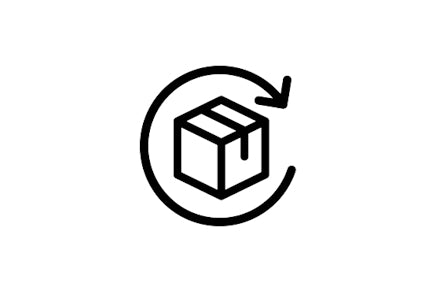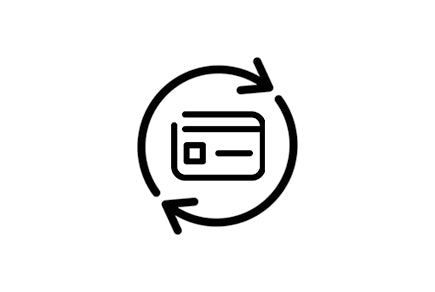From cotton to denim
As you may have noticed, we love jeans. But what fascinates us even more are all the steps that go into making them! Before reaching this aspect that we know so well 👖, everything starts with a famous plant, cotton .
We're going to try to explain everything to you, from the plant to the jeans, by debunking preconceived notions! Yes, for several years, we've been hearing a lot of things about cotton, to the point of giving it a bad reputation. Based on verifiable data , including the "Truth about Cotton" campaign, we want to share some information with you and show you that cotton is not the black beast of textiles.
First of all, it’s a popular material!
You should already know that cotton is one of the most exploited natural materials today, with more than 25 million tons of cotton per year, or 820 kilos per second worldwide. Wow! We must not forget that cotton only occupies 3% of the world's agricultural land and meets 27% of the world's textile needs . It is cultivated in around a hundred countries, provides an income to hundreds of millions of people and contributes significantly to the GDP of certain countries.

Cotton cultivation is very demanding (soil +15°C, air between 21°C and 37°C), which is why cotton never comes from France. Except for the exception that proves the rule, a unique experience in the Gers. Fourteen hectares dedicated to cotton, transformed into 100% French polo shirts under the Jean Fil brand. And it seems to be working!
On this subject, we wanted to warn you about the “Made in France” claim. It’s often more marketing than anything else. 😊

This is what cotton looks like before harvest... It's beautiful, isn't it?
A water-hungry plant? Not really!
Contrary to popular belief, cotton is not a water-drinking crop. It is a XEROPHYTE (like 🌵), meaning it thrives in dry, arid conditions where other crops cannot grow. A cotton plant therefore needs water at critical times during its growth to produce a good yield, but more often than not, seasonal rains are all it needs! Surprising, isn't it?
Extensive research conducted by Dr. Keshav Kranthi (Head of the Technical Information Section of CCIC), shows that more than 60% of the water consumed by cotton is 'green water' , which falls from the sky and is returned to the environment as part of the natural life cycle.
And overall, 55% of the world's cotton-growing area is irrigated exclusively by rain!
Fun fact: it takes more water to grow a hectare of grass than a hectare of cotton. Think of all those artificially watered lawns...

For years, it's been rumored that several thousand liters of water are needed to grow a kilo of cotton. In reality, the exorbitant figures you can find everywhere incorporate natural rainfall into their calculations.
The CCIC study shows that producing one kilogram of linseed cotton requires an average of 1,214 liters of artificial irrigation water worldwide (instead of the 5,000 liters or more you're constantly told). And technological advances are significantly contributing to reducing this consumption year after year.
More responsible cotton exists
Recycled cotton, a new alternative?
This new method uses industrial waste from spinning, dyeing and weaving ( pre-consumer ) or consumer waste ( post-consumer ), to be part of a circular, anti-waste approach .

What about organic cotton?
Also known as organic cotton, this cotton uses non-genetically modified ("GMO-free") seeds/inputs . It requires no fertilizers, no pesticides, and uses less water . It's a truly attractive alternative, even if it's more expensive. And the global share of organic cotton is growing.
But BE CAREFUL , certified organic cotton is committed to the cultivation methods but not to what happens next... ⚠️ Yes, all the finishing stages that take place next use just as much water and chemicals as conventional cotton... But it is clear that technologies are evolving and helping to reduce the consumption of chemicals and water.
And then, converting agriculture to organic is expensive, time-consuming, and ultimately yields very little. This explains why organic cotton currently accounts for less than 1% of cotton cultivation and its price is much higher!
The textile industry is fully aware of these problems and great progress is being made to improve all of this.
For those who've read this far, well done 👏. This article must have taught you quite a bit (well, we hope so). So, we'll let you digest it a bit. But we promise, we'll be back soon with the rest of this article!

In the meantime, you can consult the articles below to find out more and we remain at your disposal at bonjour@lebeaujean.fr .
Sources :









